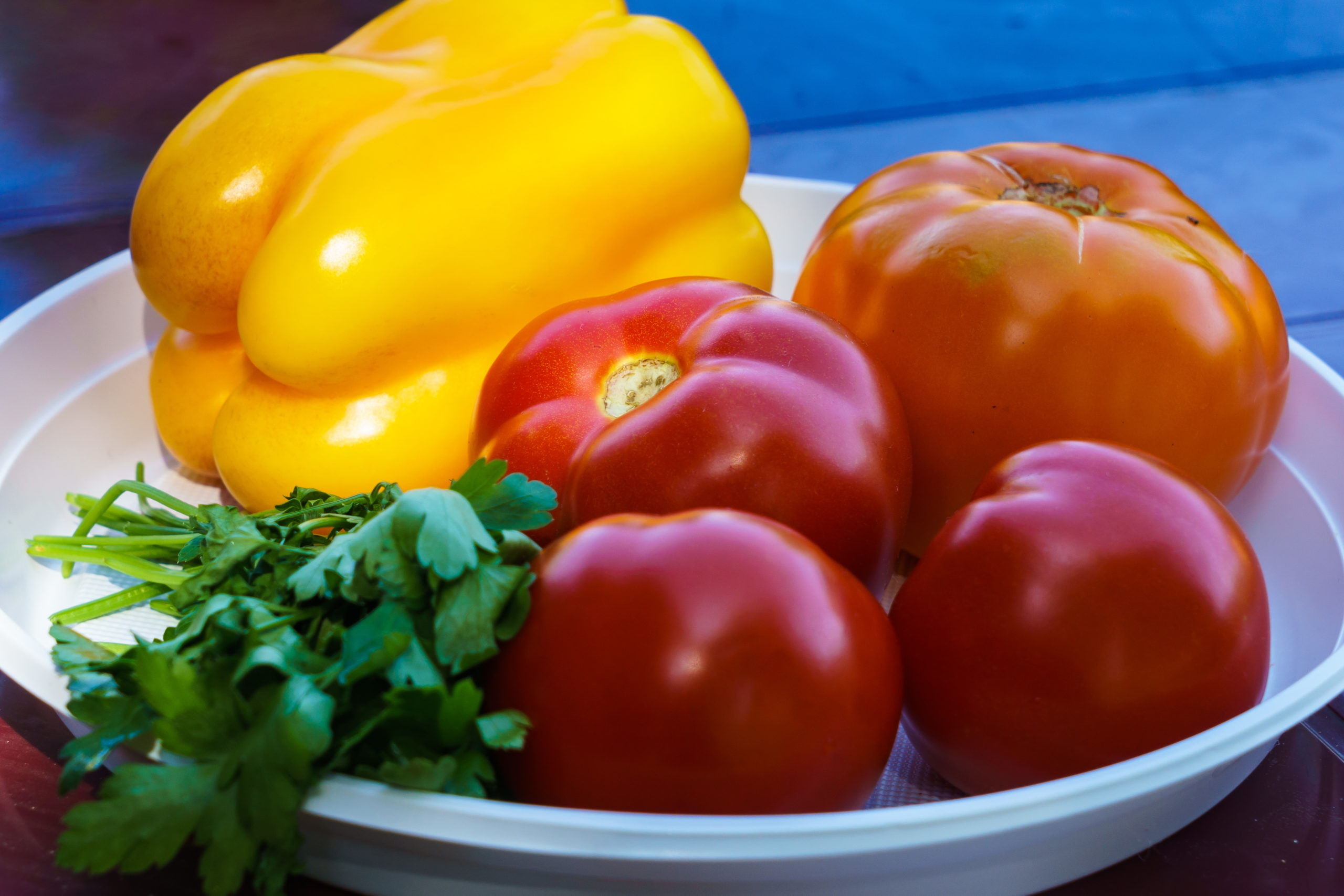Growing Peppers Indoors – Guidelines & Tips
Growing peppers indoors can be an exciting flavor-packed adventure. Peppers of all shapes and colors are easy to grow when you understand the specific needs of these vegetables. Although pepper plants are somewhat finicky, following a few guidelines and tips will help your pepper plants survive and thrive.
Choosing the Right Pepper Varieties
Before you start the growing process, you will need to choose the right variety of pepper that will grow optimally indoors. Smaller, bush varieties such as Anaheim, Chiltepin, Cherry, and Jalapeño do better than larger peppers such as Bell Peppers. Smaller varieties of peppers have shorter growth season and require less space.
Container Selection
Your next step is to select an appropriate container for your pepper plants. Ensure that your container has adequate drainage holes to prevent the soil from getting soggy. Choose a container with a larger diameter with a depth of at least 14-inches. A large container allows plenty of space for your pepper plant’s root structure to grow. If your planter doesn’t have a drainage hole, consider drilling a few holes to ensure proper drainage.
Use the Right Soil Mix
Pepper plants need light soils that are well-draining. A soilless potting mix is ideal for pepper plants. Ensure the soil mix contains the right fertilizer for your pepper plants. A 5-10-10 fertilizer is ideal as it contains the right proportions of nitrogen, phosphorus, and potassium.
Moisture & Temperature
Your pepper plants need moisture to thrive. Ensure you water your peppers regularly and adjust your watering based on the temperature of your home. Generally speaking, when the temperatures are higher, you can water your pepper plants more regularly. On the other hand, when the temperatures dip, you will need to reduce your watering.
Temperature is equally important for your pepper plants. Pepper plants will do well when the temperatures in an indoor space are kept between 75-80°F. Temperatures below 65°F will cause dormancy and it can become difficult to get your plants to produce fruits in such low temperatures.
Lighting Considerations
Pepper plants need plenty of sunlight. Ideally, you should consider using a grow light, especially in the winter months when there is not enough natural light. Keep the lights on for at least 10-12 hours per day to help your pepper plants thrive. Some of the best options include metal halide or high-pressure sodium lights.
These general guidelines and tips will help you to get started with growing peppers indoors. With some practice, you’ll be able to grow tasty and healthy peppers even in the winter months.



